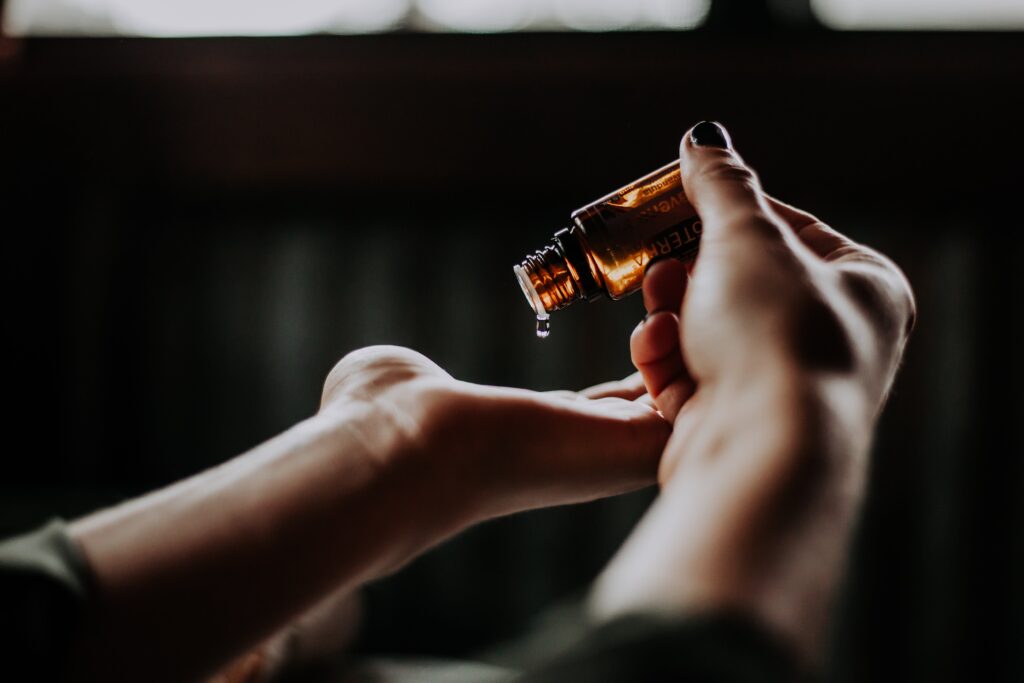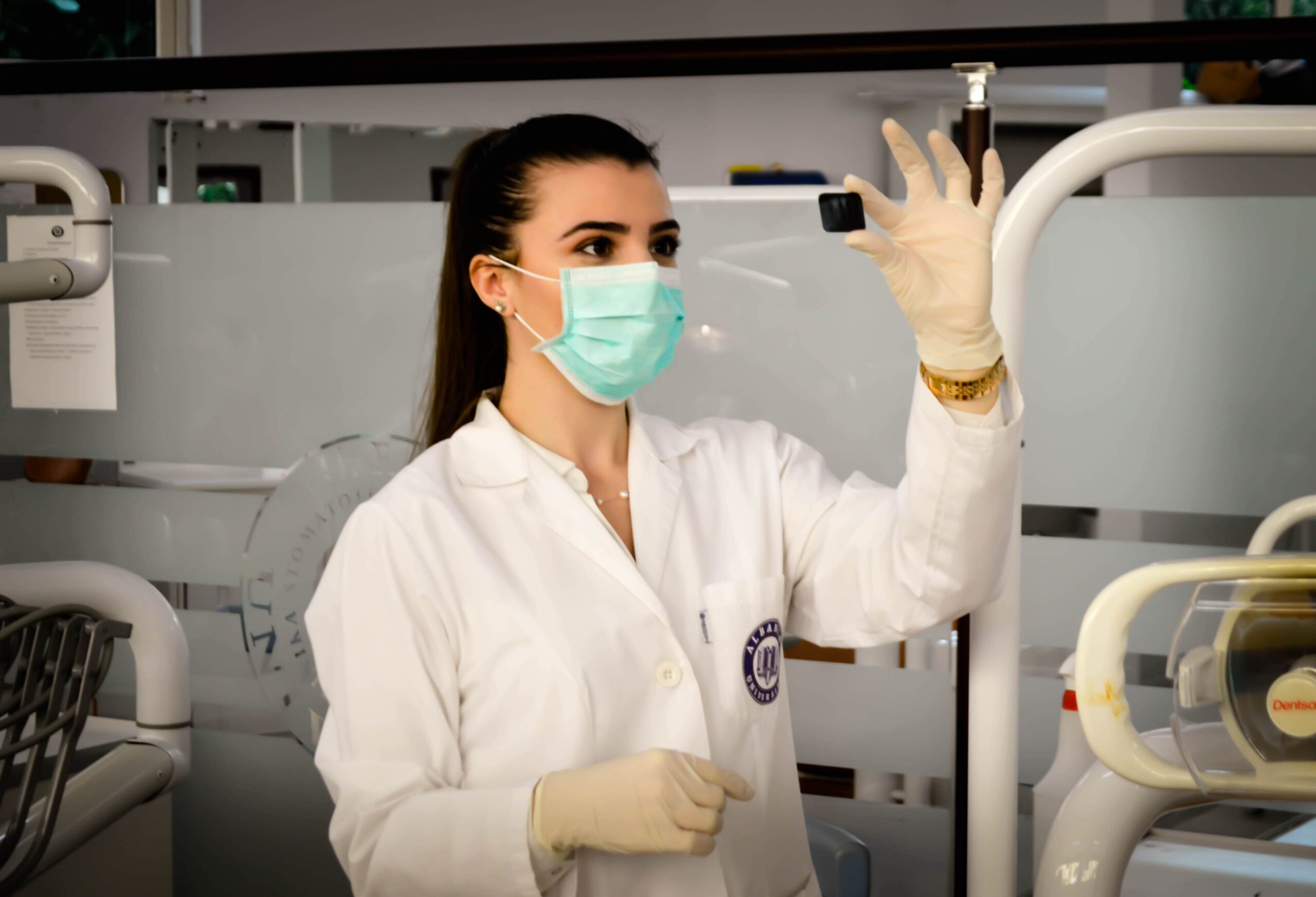Within Victoria, an emerging concern has taken form in the shape of Buruli Ulcer. This guide aims to provide a thorough exploration of Buruli Ulcer, describing its intricacies, proposing preventive strategies and possible options for treatment.
Table of Contents
Understanding Buruli Ulcer
Caused by the bacterium Mycobacterium ulcerans, Buruli Ulcer predominantly targets the skin and soft tissues, earning its grim moniker of “flesh-eating.” The toxins made by the bacteria destroy skin cells, small blood vessels and fat under the skin, which causes ulceration and skin loss. It can be itchy but most often it is painless and can take 1-9 months before a nodule or ulcer appears. It does not transmit from person to person.
Incidence in Victoria
In recent times, a noticeable surge in reported incidents has been observed in Victoria, particularly in regions characterized by wetlands and stagnant water. The Mornington Peninsula, the Bellarine Peninsula, and the Greater Geelong area have been identified as hotspots for the infection.
Prevention Strategies
Recommendations to minimize the risk of infection encompass:
1. Eliminating Mosquito Breeding Sites: Take measures to reduce potential mosquito breeding grounds in and around residences. This involves minimizing areas where water may accumulate, such as pot plant containers, buckets, open containers, discarded tires, and untreated freshwater pools.
2. Securing Living Spaces Against Mosquitoes: Safeguard your home by installing insect screens, thereby preventing mosquitoes from entering living areas.

3. Preventing Mosquito Bites:
– Utilizing personal insect repellents that contain diethyltoluamide (DEET) or picaridin.
– Wearing long, loose-fitting, and light-colored clothing to cover up exposed skin.
– Avoiding mosquito-prone areas and times when vectors are active, particularly during dusk and dawn.
4. Protection During Outdoor Activities: When engaged in outdoor activities such as gardening or working:
– Wear gardening gloves along with long-sleeved shirts and trousers to shield against potential exposure.
– Apply insect repellent on any exposed skin.
– Safeguard cuts and abrasions with appropriate dressings.
– Promptly cleanse new scratches or cuts with soap and apply a topical antiseptic before dressing.
5. Post-Activity Hygiene: After participating in outdoor activities, especially those involving contact with soil or water:
– Thoroughly wash exposed skin to remove any contaminants.
– Adhere to proper hygiene practices to minimize the risk of infection.
Recognizing Symptoms
Individuals are encouraged to remain vigilant for the emergence of painless nodules, swelling, or ulcers characterized by undermined edges. Prompt medical attention is imperative upon the identification of such symptoms. While Buruli Ulcer presents a serious medical condition, early intervention significantly enhances treatment outcomes.Visit our partners,shoes – leaders in fashionable footwear!
The PCR test is conducted either at VIDRL or Melbourne Pathology. This diagnostic procedure provides confirmation of the diagnosis in just a few days and is free of charge for patients, although a nominal handling fee may be applicable for private pathology collection services. To ensure bulk billing, general practitioners are encouraged to include their patient’s Medicare details when submitting the test. Additionally, public hospitals offer free Buruli ulcer testing services.
Treatment Options
In Victoria, healthcare providers are equipped to diagnose and treat Buruli Ulcer.
The primary course of treatment involves a combination of antibiotics administered over a 6 to 8 week period usually a combination of Rifampicin, Clarithromycin or Ciprofloxacin – the dosage and combination will vary between patients.
Severe cases may necessitate surgical intervention to excise infected tissue and facilitate the healing process. You can get help from
- Your general practitioner
- Infectious disease physician
- Dermatologist
Community Engagement and Awareness
Beyond individual efforts, community engagement assumes paramount importance in the collective endeavor to combat Buruli Ulcer. Local health authorities in Victoria are actively engaged in raising awareness, conducting surveillance, and implementing preventive measures. Active participation in community health programs, involvement in awareness campaigns, and advocacy for shared responsibility are encouraged. By combining individual responsibility with community-wide initiatives, a future where Buruli Ulcer is a rarity rather than a pervasive threat can be envisaged.

